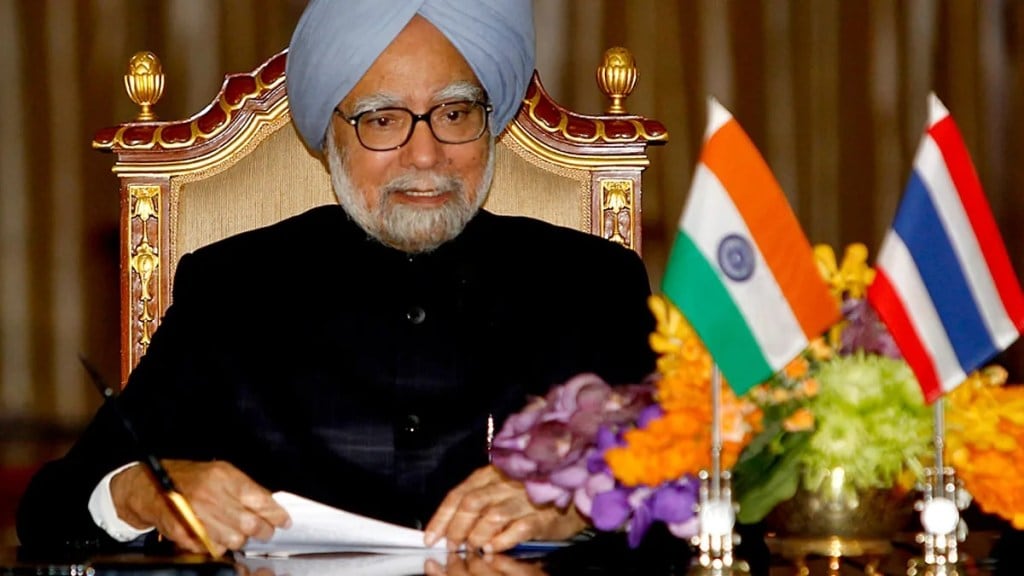Dr Manmohan Singh, who passed away on Thursday, didn’t have the common attributes of a successful politician, but not only that he became one, but turned out making seminal contribution to the country’s economic regulatory structure. Even among the heavyweight politicians, who enjoyed large mass support, and loyalties, few could bring in radical policy overhauls as Singh did.
The sweeping policy changes that he initiated as finance minister in the first half of 1990s in the PV Narasimha Rao government involved high political stakes, but he still managed to carry them out, thanks to solid support from Rao.
Singh’s rise can attributed to a great extent to hard work and merit, but he was also the right man in the right place with unusual frequency. He assumed a whole array of influential offices in the country, which economists of comparable or even greater standing and vocation could not even remotely rival. Given his reticent nature, this would have required a great element of providence, and quirk of circumstances.
Despite his avowedly gentlemanly demeanour, and economy with words, Singh also displayed the courage of conviction on several occasions in his career as public servant. He was also rather adept in seizing the opportunities that have come in his way. His vision of the economic trajectory of the country, has been clear, and his actions purposeful and unrelenting.
His tenacious commitment to the India-US nuclear deal made the country a virtual constituent of the nuclear suppliers group despite being not a signatory to the non-proliferation treaty. Despite being a prime minister who never won a Lok Sabha or assembly election, he braved the odds of coalition politics in a manner even many other leaders in the Congress party, found slightly overaggressive. Although many cite the still-low share of nuclear power in India’s energy mix to contend the assertiveness over nuclear deal might have been unwarranted, it had the effect of a watershed moment in India-US relations, which brought in substantial economic dividends for India in terms of investment flows from the US firms, as well on the trade front.
While Singh and the Rao government received flak from the left of the political spectrum during the 1990s-reforms, the UPA-I was under fire for even the BJP over the nuclear deal with the US. That may be explained by political posturing, but it remains a fact that Singh’s 10-year term as prime minister not only saw fast-paced economic growth (see chart), but also a much-needed bolstering of the country’s social security net.
The rural employment guarantee scheme has turned out to be one of the best-designed welfare measure of the Indian government; even during the travails of the pandemic, the demand-driven scheme came to the aid of the people in distress. Democratic accountability got a shot in the arm with landmark laws like the Right to Information Act, and the Right to Free and Compulsory Education Act. Rationalisation of public expenditure, which was initiated in the 1990s, made further headway in the UPA-II with the deregulation of auto fuel prices. Tax reforms too moved ahead, with the introduction of state VAT that helped reduce cascading of taxes and a more streamlines CenVAT system. Seeds for the Goods and Services tax were laid, and so too the tools for the direct benefit transfer, with the launch of Aadhar.
Maybe because of lack of real political power with the PM, the later years of UPA-II saw eruption of many financial scams, but many believe that rather than absence of real authority, Singh’s excessive aversion to risk and reluctance to assert himself are also to be blamed for the policy impasse in the final years of UPA-II government.

